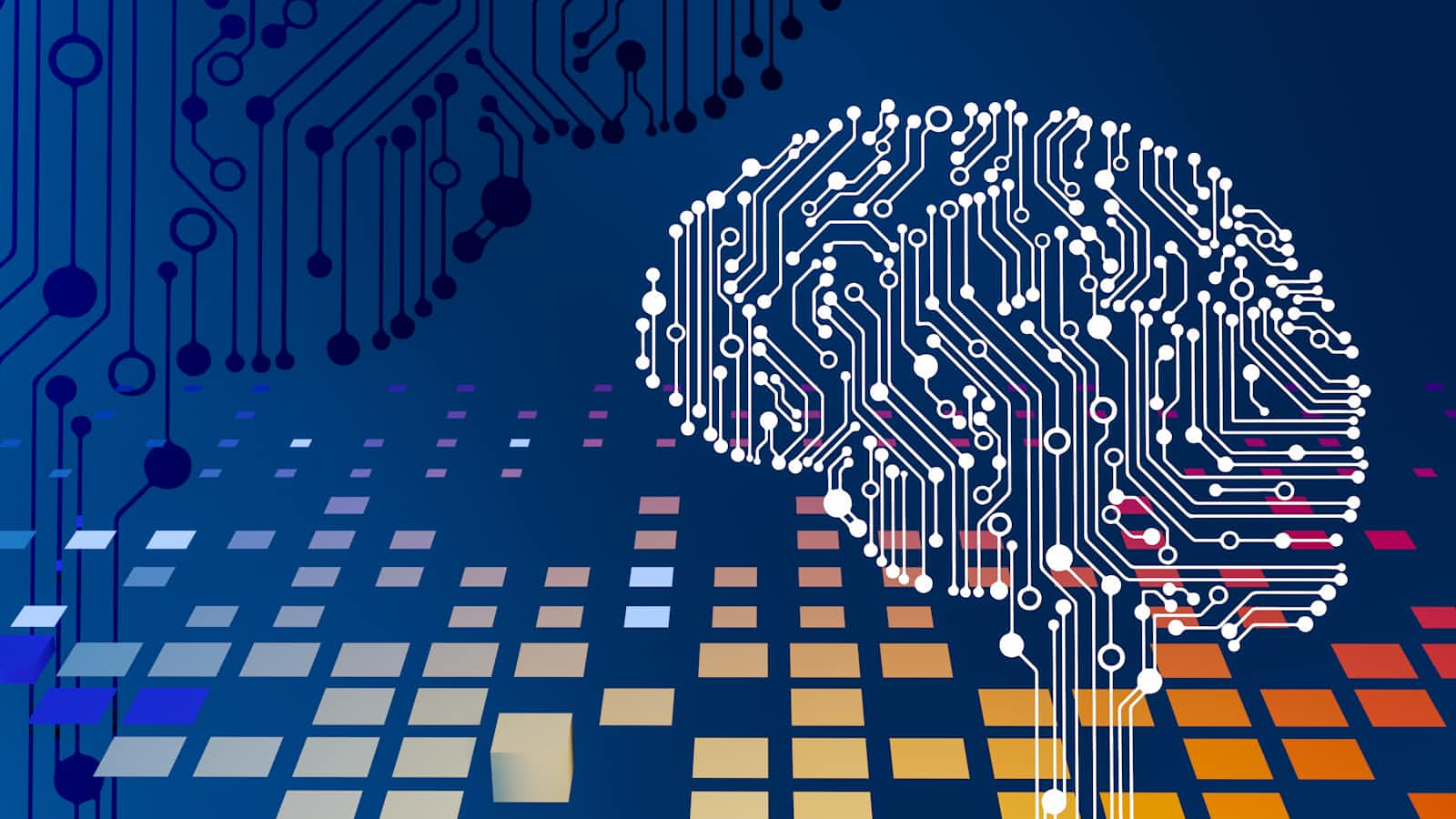The Technology Behind Face Swap: A Deep Dive into the AI Magic
 FaceSwapOnl
FaceSwapOnl
Introduction:
Face swap technology has taken the world by storm, transforming the way we interact with digital media. From social media filters to entertainment and even political satire, face swapping has become a ubiquitous feature in our daily lives. But how exactly does this technology work, and what makes it so seamless and realistic? In this blog post, we'll explore the technology behind AI face swapping, shedding light on the sophisticated algorithms and neural networks that make this magic possible.
Facial Recognition and Detection:
At the core of AI face swapping is facial recognition and detection, a process that relies on computer vision algorithms to analyze pixel data and establish patterns resembling facial features. Once faces are detected, the algorithm extracts key landmarks such as eyes, nose, mouth, and contours, providing a foundation for the face swapping process.
Characteristic Extraction and Illustration:
After detecting facial landmarks, the AI algorithm extracts high-dimensional representations of those features, encoding facial attributes into mathematical vectors known as embeddings. These embeddings capture essential traits of a face, including shape, texture, and spatial relationships between different features, providing a blueprint for the face swapping process.
Generative Adversarial Networks (GANs):
A crucial component of AI face swapping is the use of Generative Adversarial Networks (GANs), which encompass two neural networks: a generator and a discriminator. The generator synthesizes realistic facial images based on input embeddings, while the discriminator evaluates the authenticity of generated images compared to real ones. Through an adversarial process, both networks refine their capabilities, resulting in increasingly realistic and high-quality face swaps.
Image Morphing and Blending:
Once the generator produces a synthetic face based on input embeddings, the algorithm employs methods such as image morphing and blending to seamlessly integrate the swapped face into the target image or video frame. This process ensures natural-looking transformations and enhances the realism of the final output.
Ethical Considerations and Privacy Implications:
While AI face swapping technology offers exciting creative possibilities, it also raises essential ethical issues and privacy implications. The ease with which individuals can manipulate and impersonate others' identities raises the risk of misinformation, fraud, and unauthorized use of personal data. As such, it is essential for developers and policymakers to implement safeguards such as strong authentication mechanisms and clear guidelines for the responsible use of this technology.
Conclusion:
AI face swapping represents a fascinating intersection of computer vision, machine learning, and digital artistry. By leveraging advanced algorithms and neural networks, developers can create immersive and entertaining experiences that blur the line between reality and fiction. However, as with any powerful technology, it is essential to approach AI face swapping with caution and awareness of its potential impact on society. Only through thoughtful development and responsible deployment can we fully harness the transformative potential of this technology while minimizing the risks and ethical concerns associated with its use.
Subscribe to my newsletter
Read articles from FaceSwapOnl directly inside your inbox. Subscribe to the newsletter, and don't miss out.
Written by
